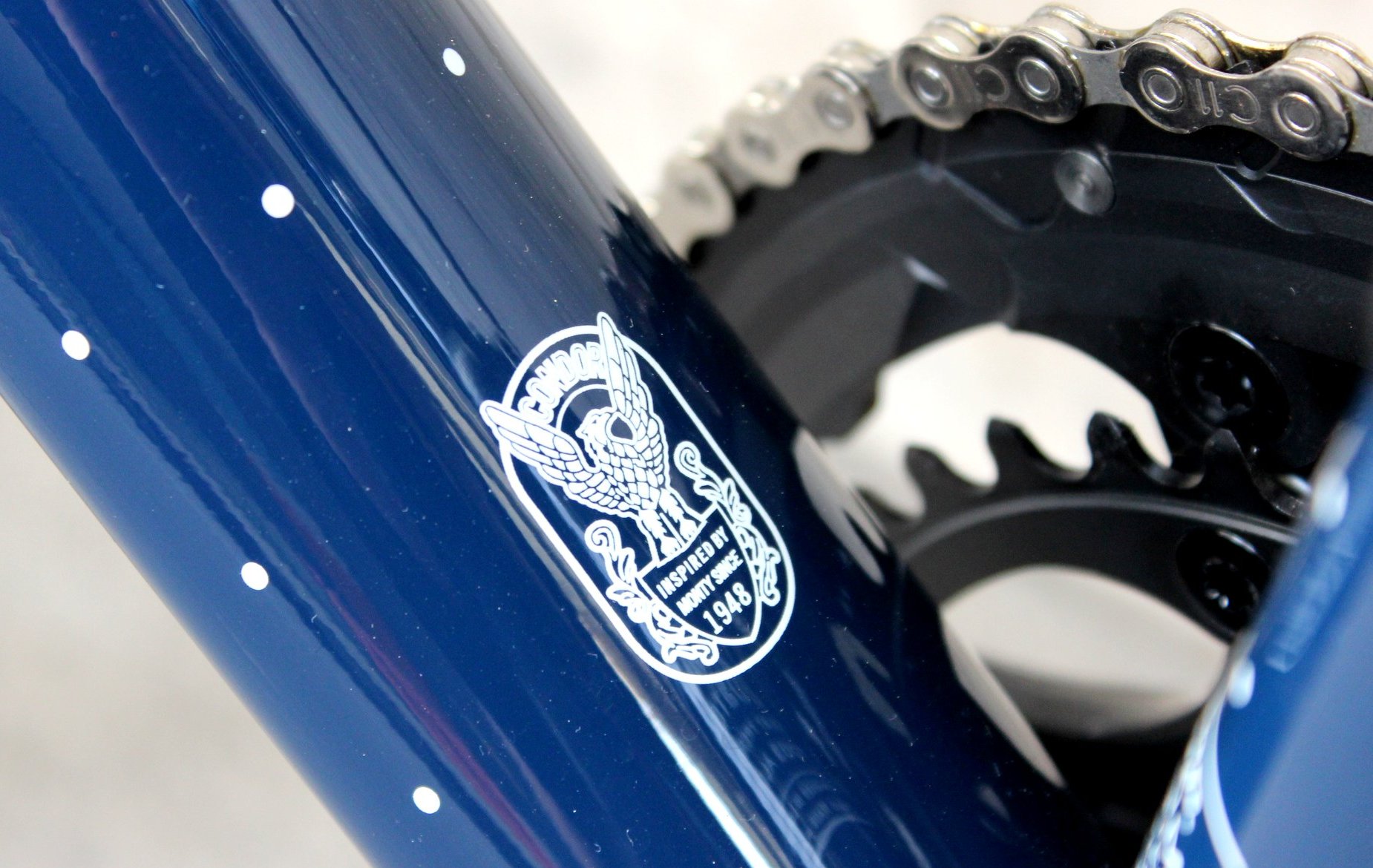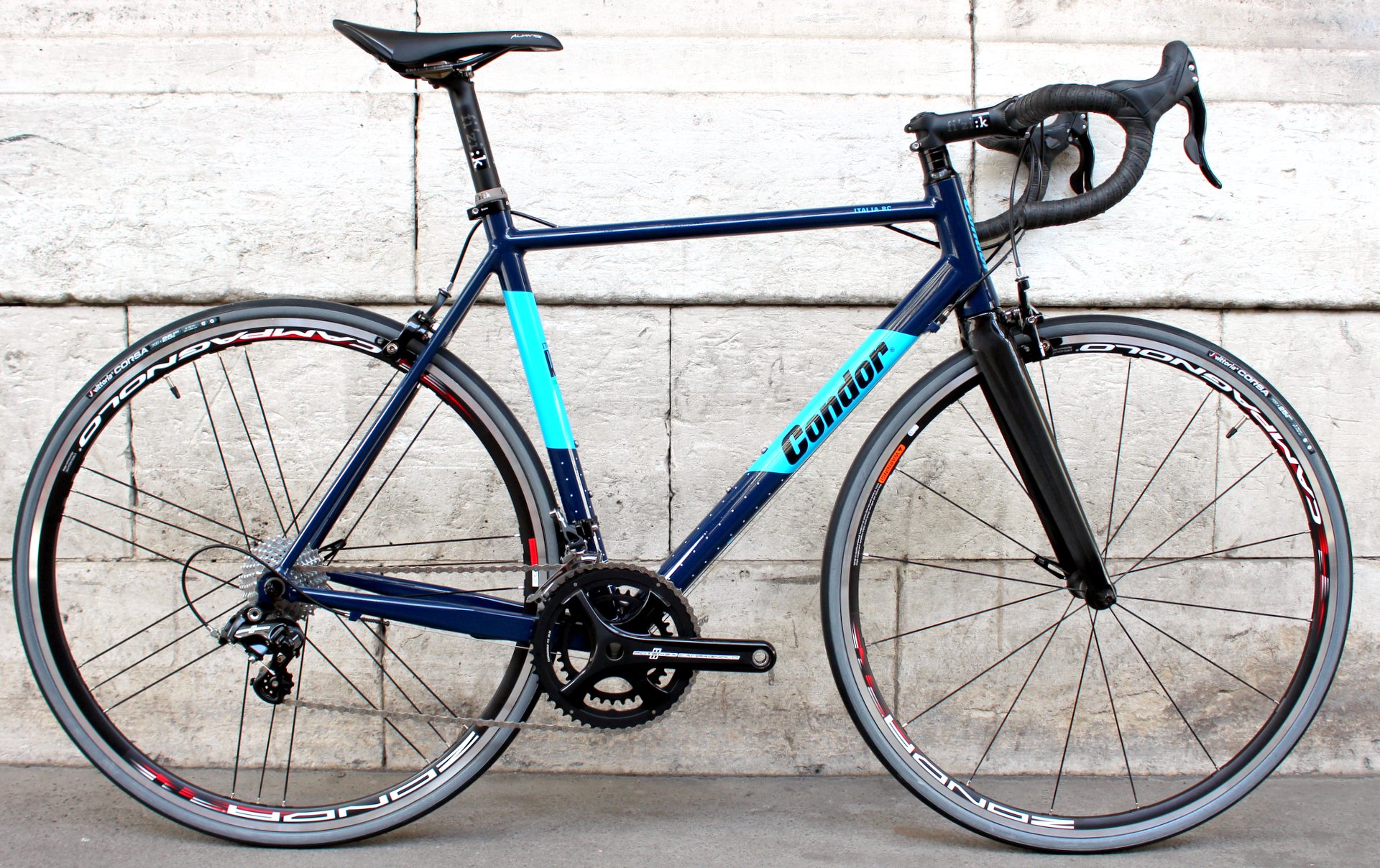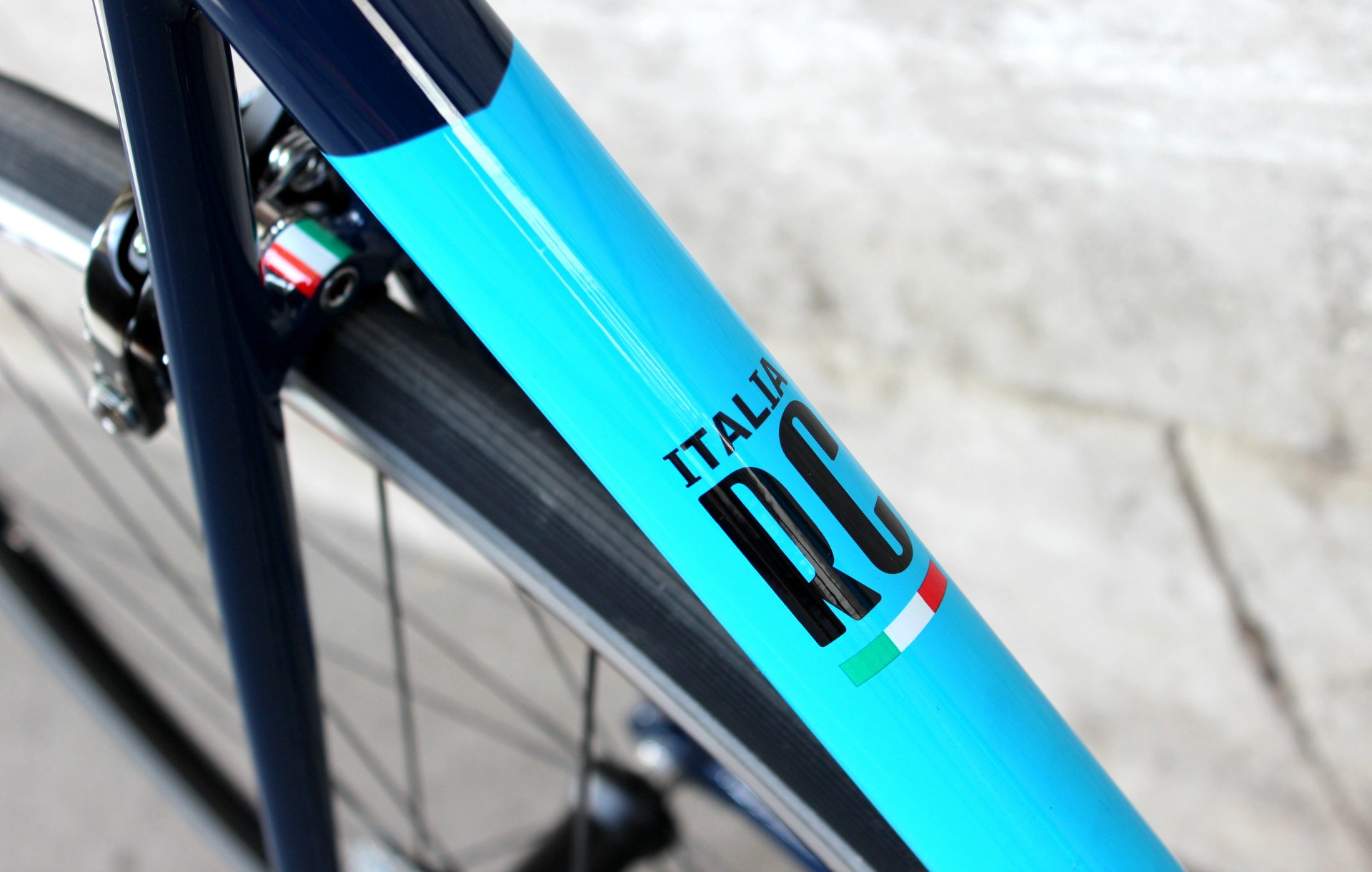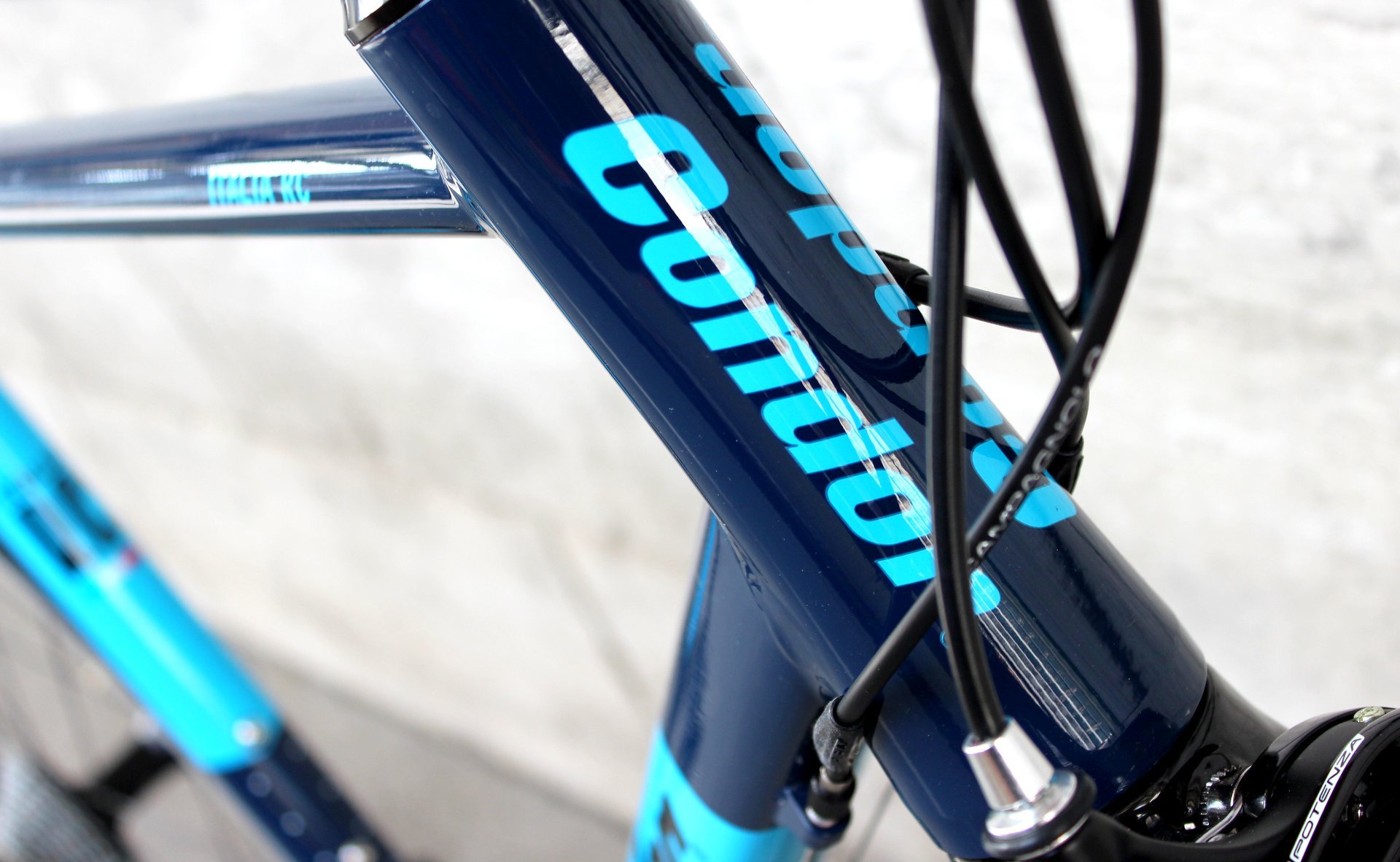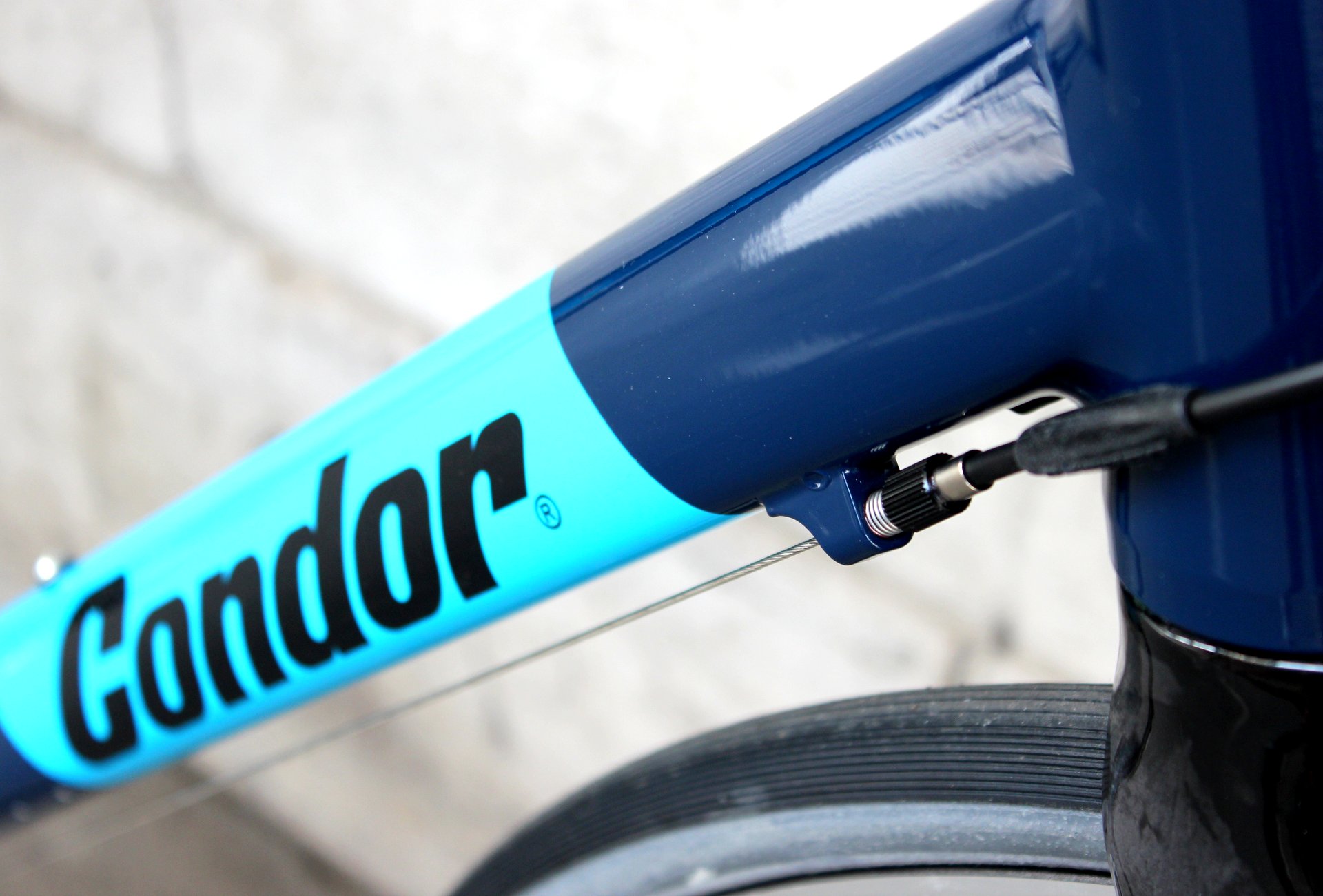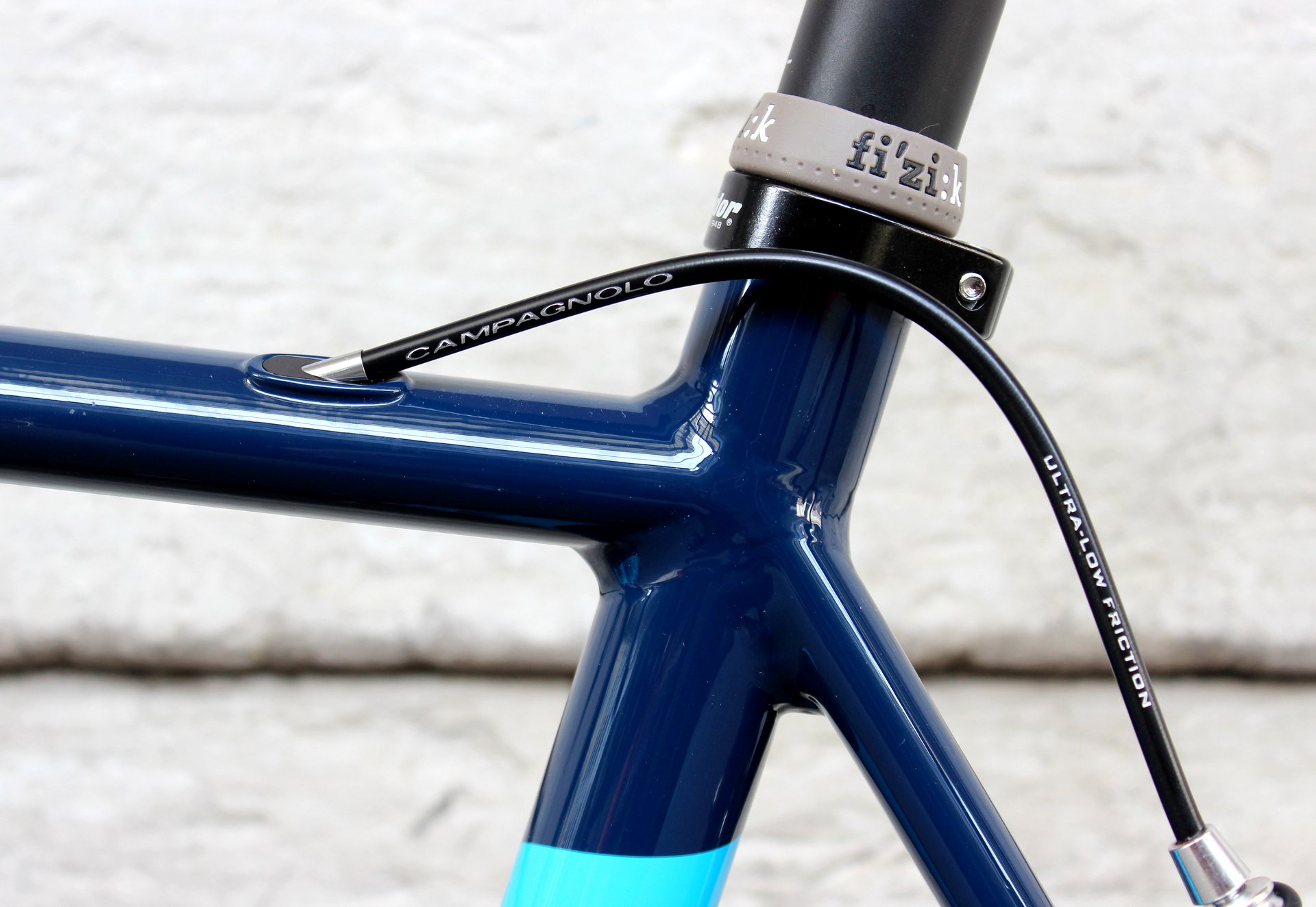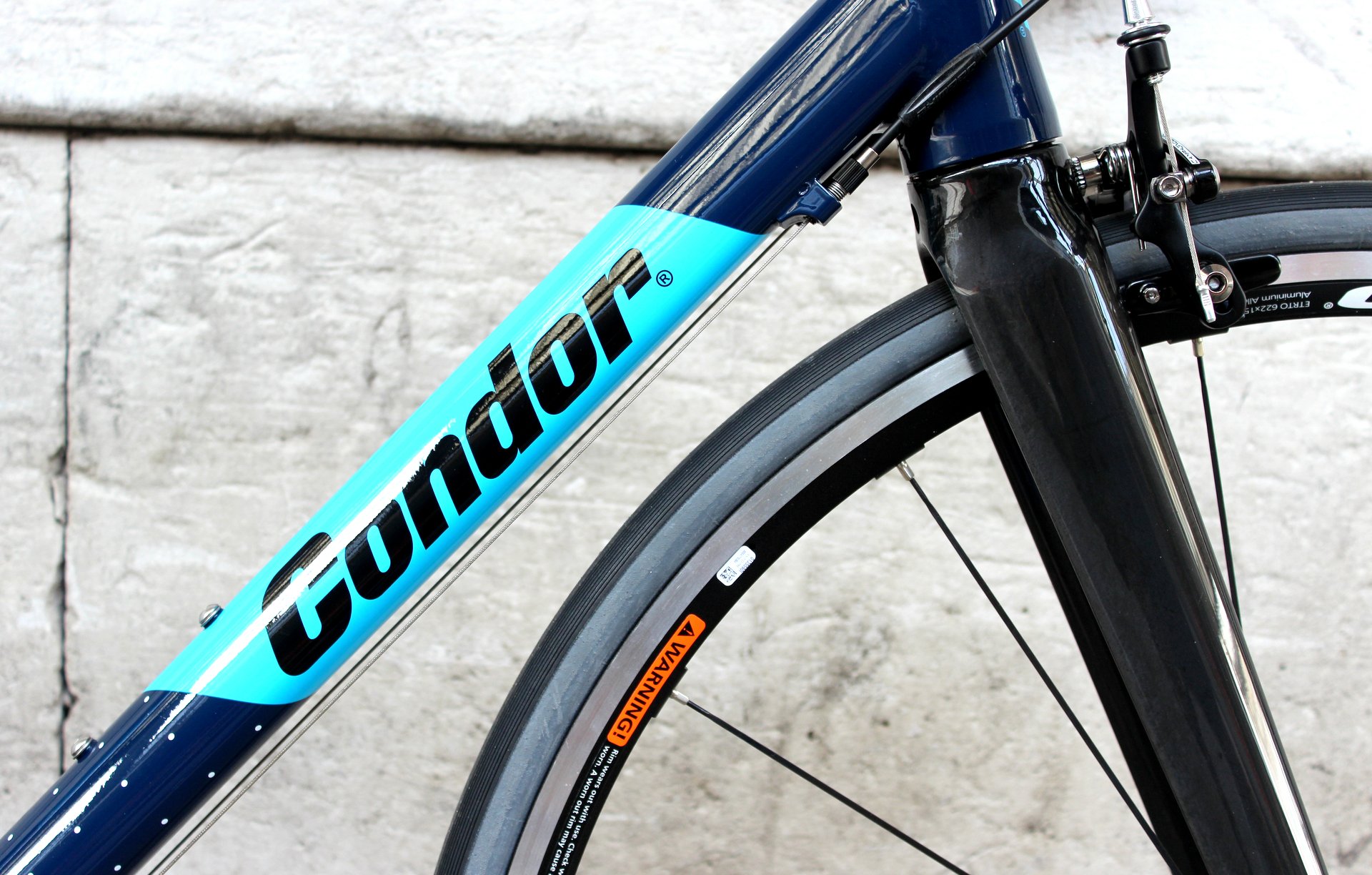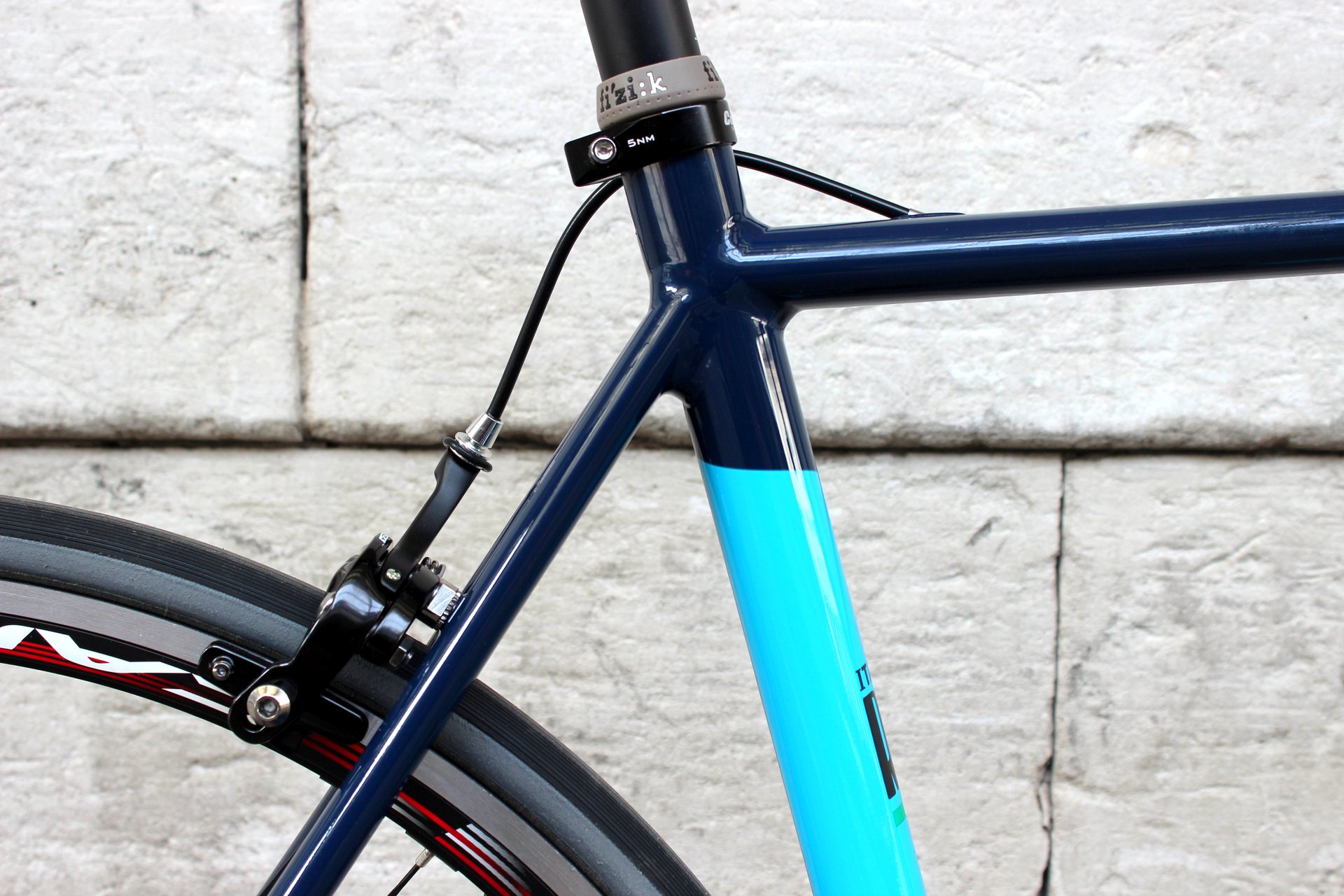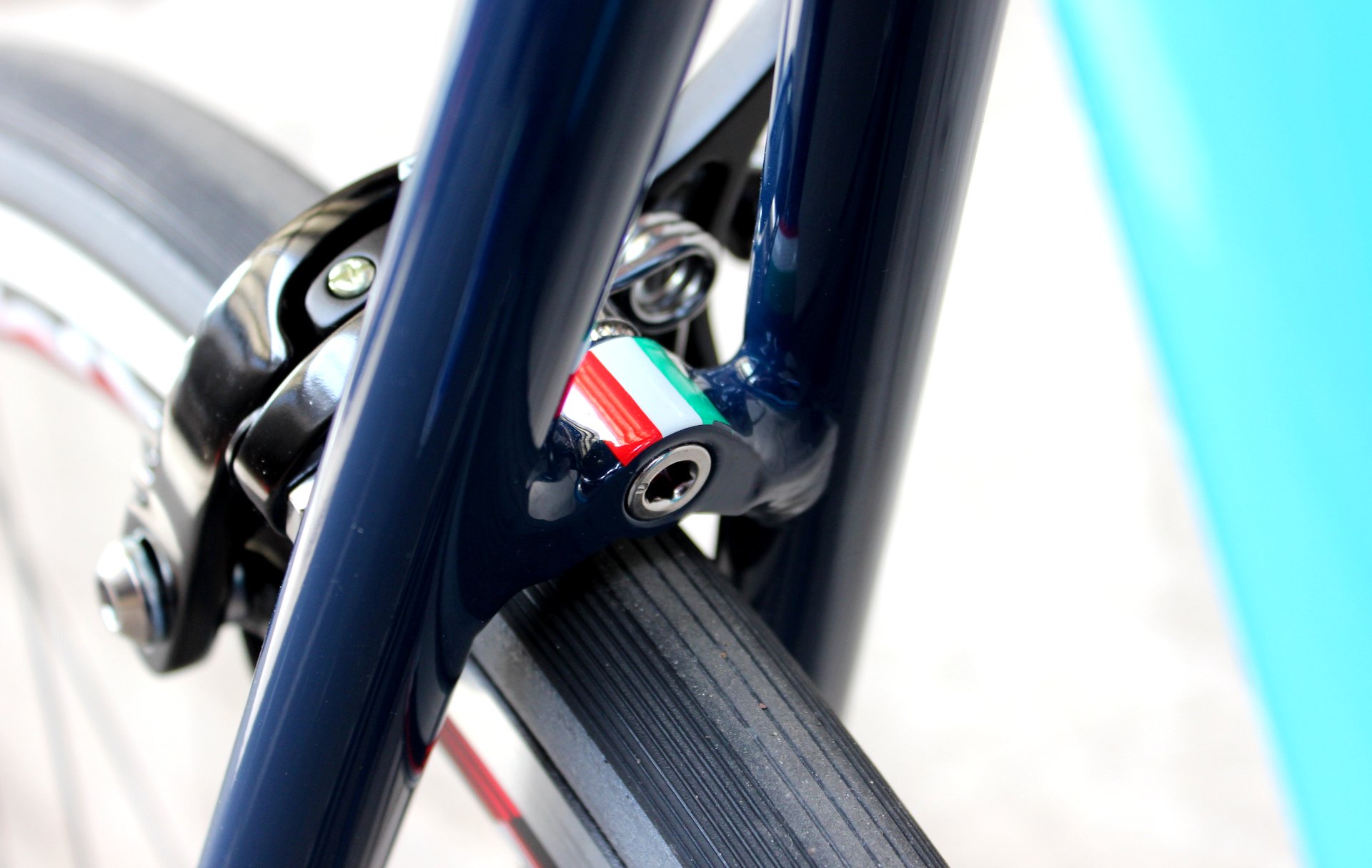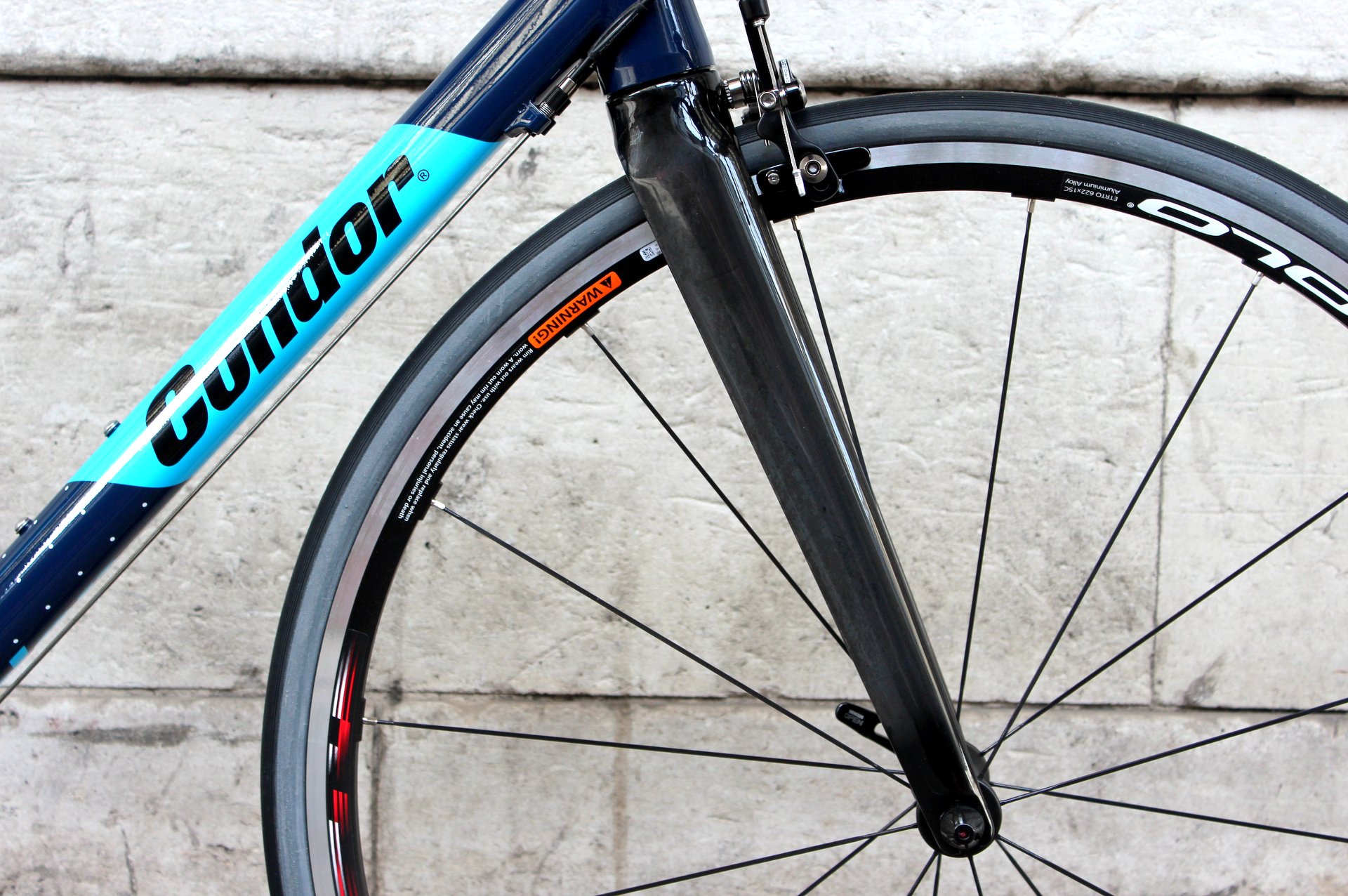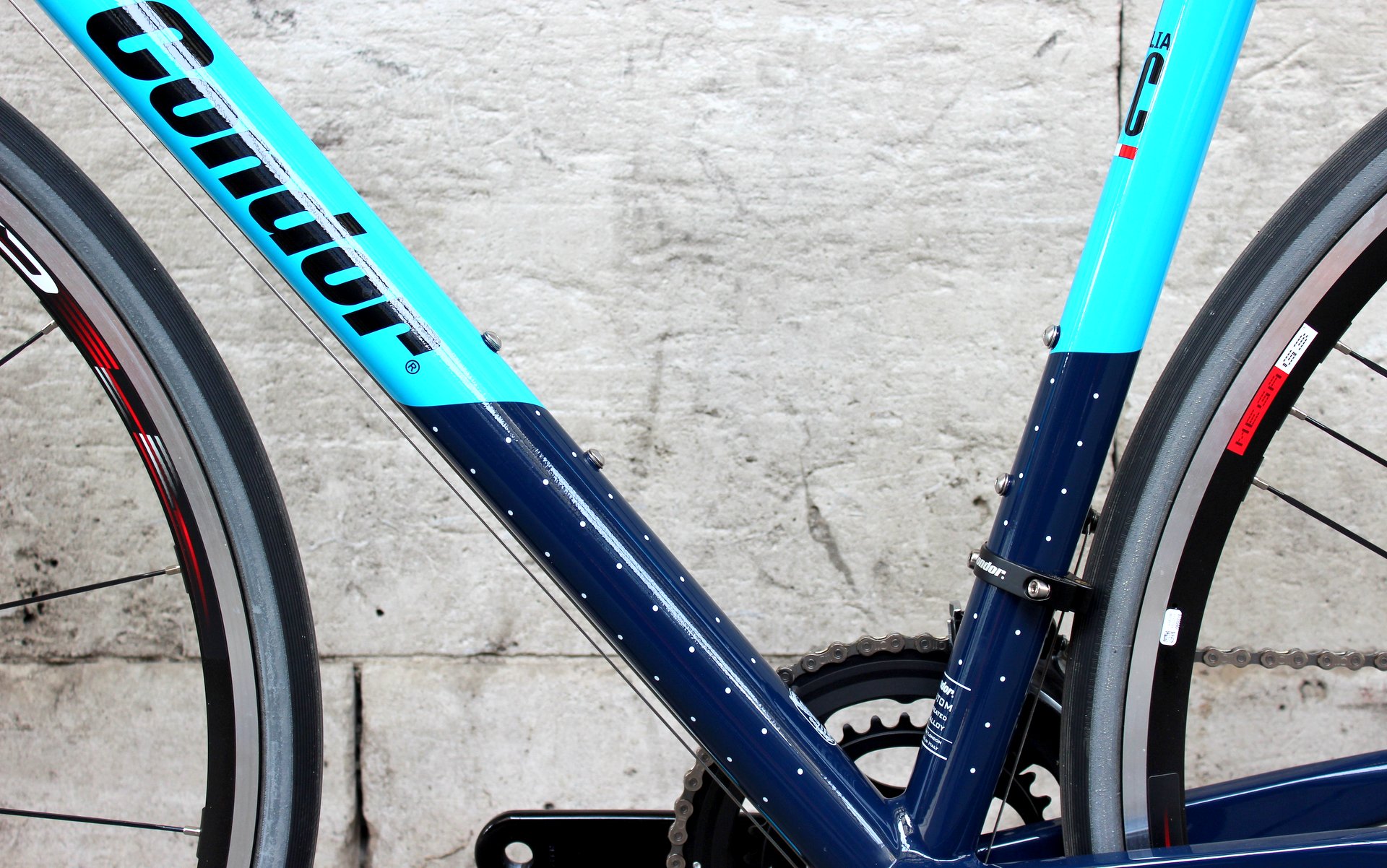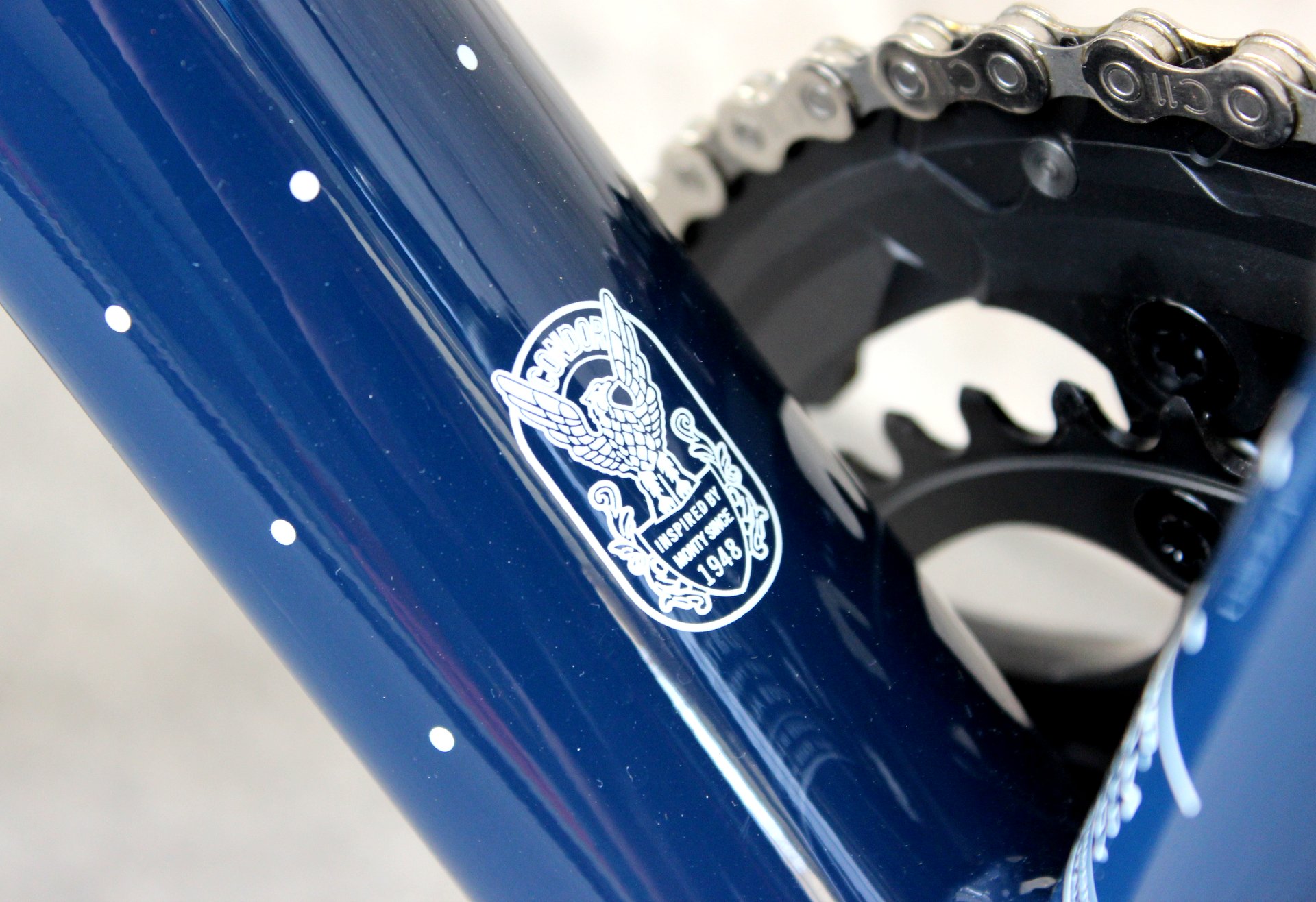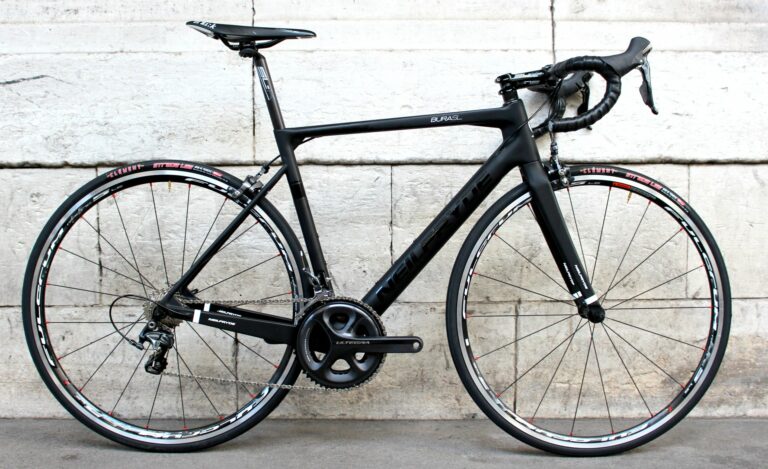It’s all too easy to be courted by carbon but this new Condor Italia RC has had us going all out for alloy. It’s a beautiful frame, with pinpoint handling, though it is a little on the heavy side.
Ten frames make up the Condor road range and each one is available as a frameset, allowing you to piece together your own build, or you can spec it as you want through Condor’s online bike builder. With that in mind, while our test bike came with Campagnolo’s new Potenza groupset (watch our for a separate review of that) and the Italian firm’s Zonda wheels, making this a suitably Italian-themed build, we’ll focus on the performance of the frameset here.
Part of the furniture
Since Monty Young opened the first Condor shop in London in 1948, a stone’s throw from the today’s premises on Gray’s Inn Road, names such as Tom Simpson, Sir Bradley Wiggins and more recently Tao Geoghegan Hart have been aboard Condor’s frames; the past, present and future of British cycling talent.
The family business is revered for its support of the domestic race scene, most visible through the sponsorship of the JLT Condor team, and the brand has something of an aura about it. It’s not just a bike shop, but a long-standing part of the culture of cycling here in the UK.
